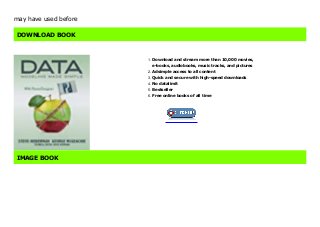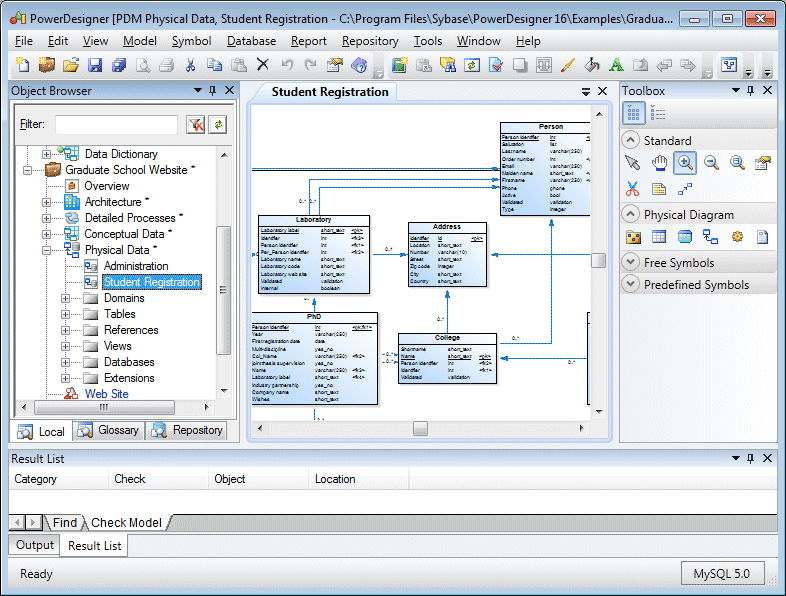

- #DATA MODELING MADE SIMPLE WITH POWERDESIGNER HOW TO#
- #DATA MODELING MADE SIMPLE WITH POWERDESIGNER PROFESSIONAL#
Section IV introduces the Data Model Pyramid, then dives into the relational and dimensional subject areas, logical, and physical data models, and describes how PowerDesigner supports these models and the connections between them.
#DATA MODELING MADE SIMPLE WITH POWERDESIGNER HOW TO#
It also describes how to create and manage data modeling objects in PowerDesigner. Section III explains the important role of data modeling tools, the key features required of any data modeling tool, and an introduction to the essential features of PowerDesigner. Also included is a discussion of the importance of quality names and definitions for your objects. Section II explains all of the components on a data model including entities, data elements, relationships, and keys. You will understand the key differentiators between PowerDesigner and other data modeling tools you may have used before This book contains seven sections: Section I introduces data modeling, along with its purpose and variations. You will know where you can take advantage of the entire PowerDesigner model set, to increase the success rate of corporate-wide initiatives such as business intelligence and enterprise resource planning (ERP) 10. You will know how to integrate your PowerDesigner models with externally-managed files, including the import and export of data using Excel and Requirements documents 9. You will know how to utilize dependencies and traceability links to assess the impact of change 8. You will improve data governance and modeling consistency within your organization by leveraging features such as PowerDesigner’s reference models, Glossary, domains, and model comparison and model mapping techniques 7. You will be able to apply techniques such as indexing, transforms, and forward engineering to turn a logical data model into an efficient physical design 6. You will be able to build, step-by-step in PowerDesigner, a pyramid of linked data models, including a conceptual data model, a fully normalized relational data model, a physical data model, and an easily navigable dimensional model 5. You will know when to apply and how to make use of all the key features of PowerDesigner 4. You will be able to read a data model of any size and complexity with the same confidence as reading a book 3. You will know when a data model is needed and which PowerDesigner models are the most appropriate for each situation 2.

This book combines real-world experience and best practices to help you master the following ten objectives: This book has ten key objectives for you, the reader: 1. You'll build many PowerDesigner data models along the way, increasing your skills first with the fundamentals and later with more advanced feature of PowerDesigner.
#DATA MODELING MADE SIMPLE WITH POWERDESIGNER PROFESSIONAL#
Data Modeling Made Simple with PowerDesigner Book Description:ĭata Modeling Made Simple with PowerDesigner will provide the business or IT professional with a practical working knowledge of data modeling concepts and best practices, and how to apply these principles with PowerDesigner.


 0 kommentar(er)
0 kommentar(er)
